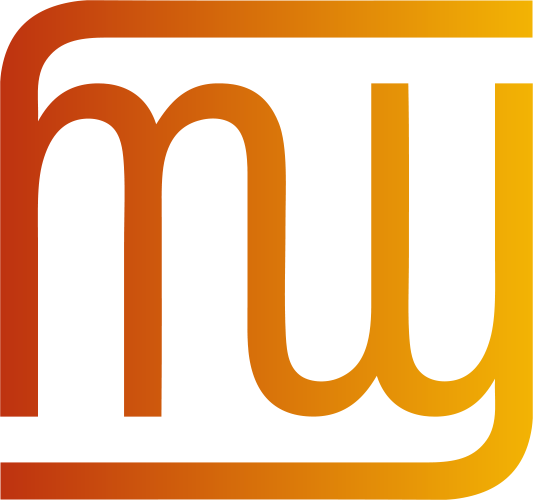 The W3C Internationalization (I18n) Activity works with W3C working groups and liaises with other organizations to ensure Web technologies work for everyone, regardless of their language, script, or culture.
The W3C Internationalization (I18n) Activity works with W3C working groups and liaises with other organizations to ensure Web technologies work for everyone, regardless of their language, script, or culture.
From this page you can find articles and other resources about Web internationalization, and information about the groups that make up the Activity.
Read also about opportunities to participate and fund work via the new Sponsorship Program.
What the W3C Internationalization Activity does
Selected quick links
Selected quick links
Selected quick links
For review: N’Ko Layout Requirements
N’Ko Layout Requirements is out for wide review in preparation for publishing as a First Public Working Draft. We are looking for comments by Wednesday 3 May.
The N’Ko script is used for a West African koiné register of Manding (called Kángbɛ).
The document describes requirements for the layout and presentation of text in Web standards and technologies such as HTML, CSS, & Digital Publications. It supports the N’Ko Gap Analysis.
Please send any comments as github issues.
For review: Working with source code markup and code examples for RTL scripts
The article Working with source code markup and code examples for RTL scripts is out for wide review. We are looking for comments by Wednesday 26 April.
Editing markup for pages in Arabic, Hebrew, and many other languages poses challenges unless a specialized editor is available. For similar reasons, it is also difficult to include examples of bidirectional code in explainers. This page looks at some of the problems content developers and implementers of editors are likely to be faced with, and offers some advice, where possible.
Please send any comments as github issues by clicking on this link, or on “Leave a comment” at the bottom of the article. (That will add some useful information to your comment.)
New translations into French
Déclarer un encodage de caractères en HTML (Declaring character encodings in HTML)
Choisir et appliquer un encodage de caractères (Choosing & applying a character encoding)
Thanks to Gwendoline Clavé, Clavoline Traduction for providing this translation.
New translation into Chinese
将网页的编码更改为Unicode (Changing an HTML page to Unicode)
Thanks to Fuqiao Xue for providing this translation.
New translation into French
Utiliser des séquences d’échappement dans des documents balisés et en CSS (Using character escapes in markup and CSS)
Thanks to Gwendoline Clavé, Clavoline Traduction for providing this translation.
New translation into Chinese
语言声明的种类 (Types of language declaration)
Thanks to Fuqiao Xue for providing this translation.
First Public Working Draft: Gurmukhi Layout Requirements
This document describes aspects of layout and presentation of text in the Punjabi language using the Gurmukhi script. It is developed in conjunction with a document which summarizes gaps in Gurmukhi support on the Web and eBook technologies.
The document has been published to encourage users and experts to review the information it currently contains, and provide any additional information that may be relevant to supporting users of the Gurmukhi script on the Web.
Please send comments by raising a GitHub issue for each point.
New translation into French
Sites Web unilingues et multilingues (Monolingual vs. multilingual Web sites)
Thanks to Gwendoline Clavé, Clavoline Traduction for providing this translation.
New article: Font styles & font fallback
The article Font styles & font fallback has now been published.
This article provides a non-exhaustive set of examples where choice of a font style may have a practical application. The existence of these distinct styles, with their practical influence on the reading of the text, has implications for fonts on the Web – you would typically want to choose a fallback font that has the same style, if one is available. We look at some implications for generic fonts and fallback mechanisms near the end.
For review: Font styles & font fallback
The article Font styles & font fallback is out for wide review. We are looking for comments by Thursday 3 November.
This article provides a non-exhaustive set of examples where choice of a font style may have a practical application. The existence of these distinct styles, with their practical influence on the reading of the text, has implications for fonts on the Web – you would typically want to choose a fallback font that has the same style, if one is available. We look at some implications for generic fonts and fallback mechanisms near the end.
Please send any comments as github issues by clicking on this link, or on “Leave a comment” at the bottom of the article. (That will add some useful information to your comment.)
